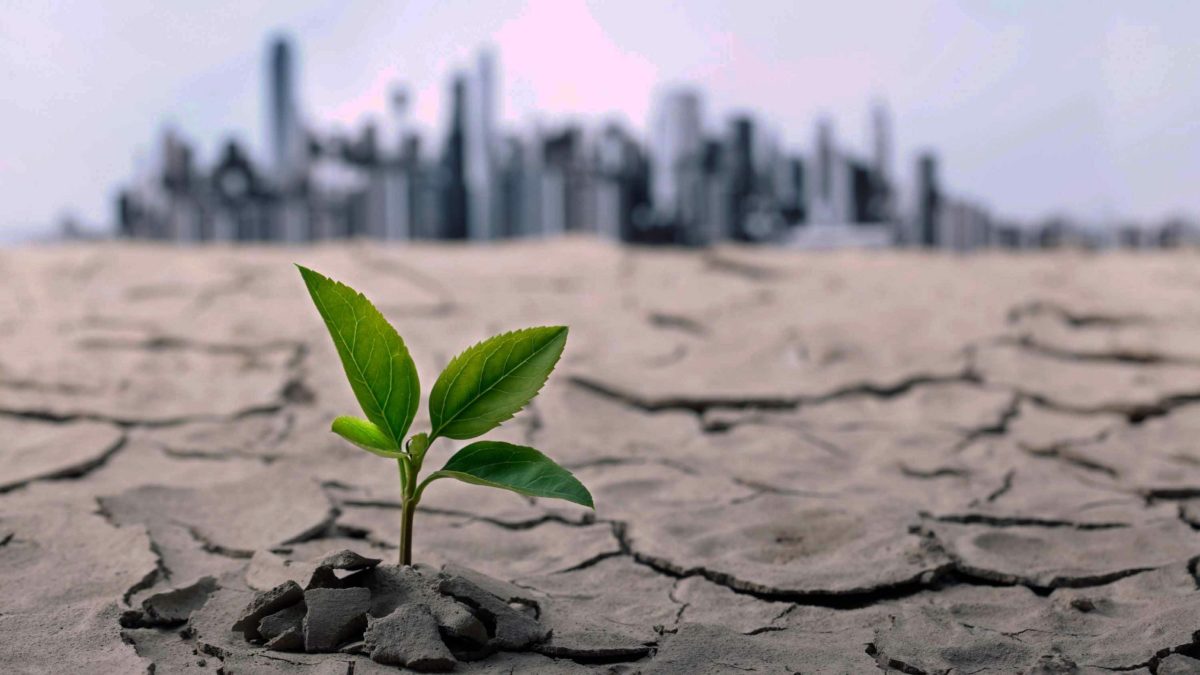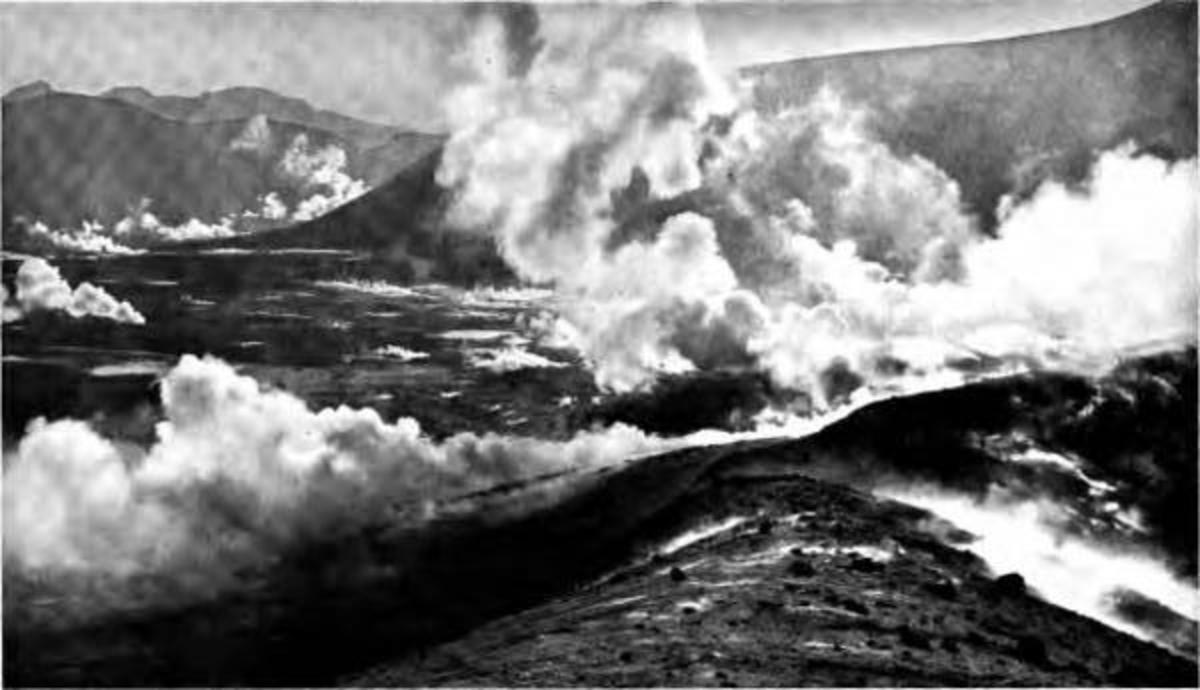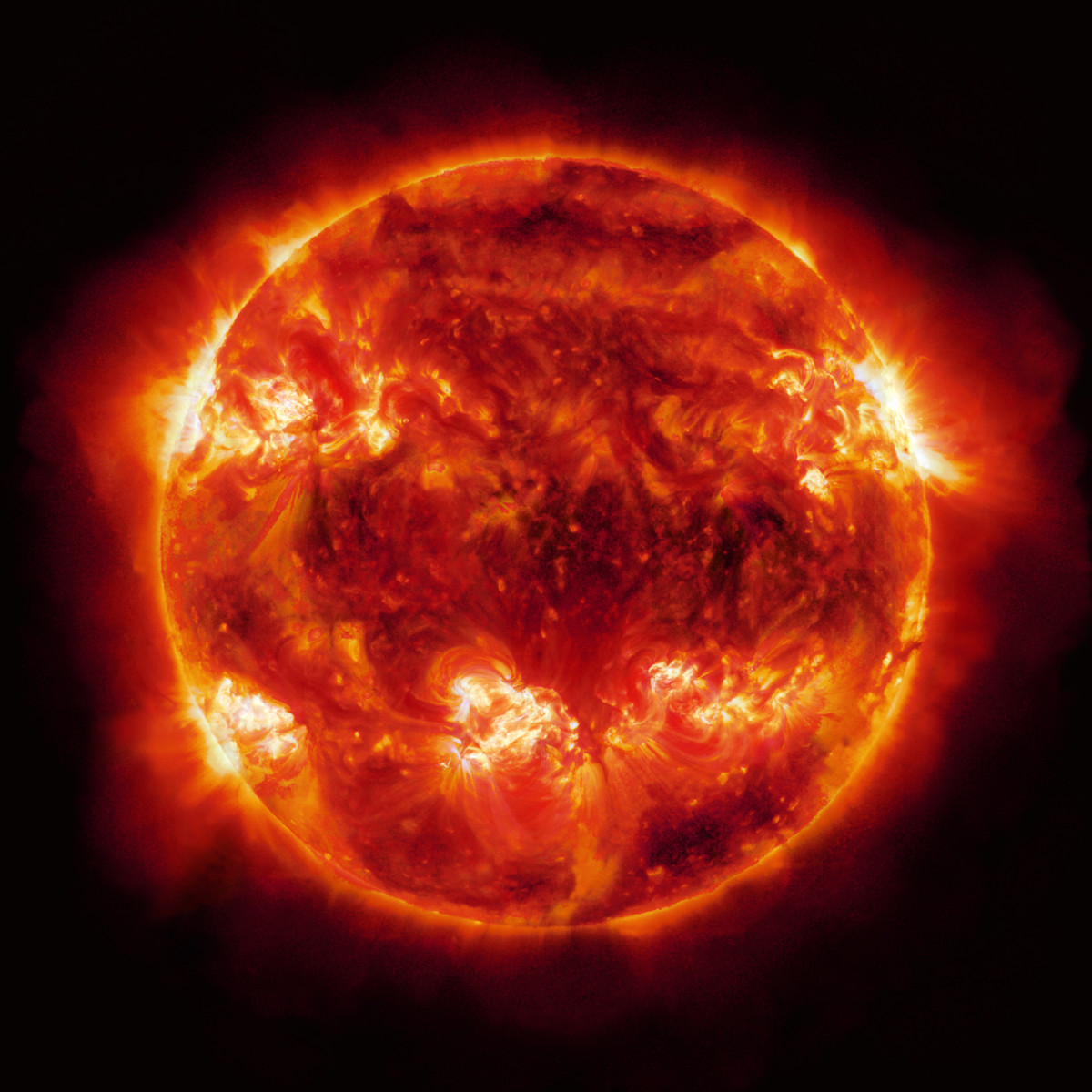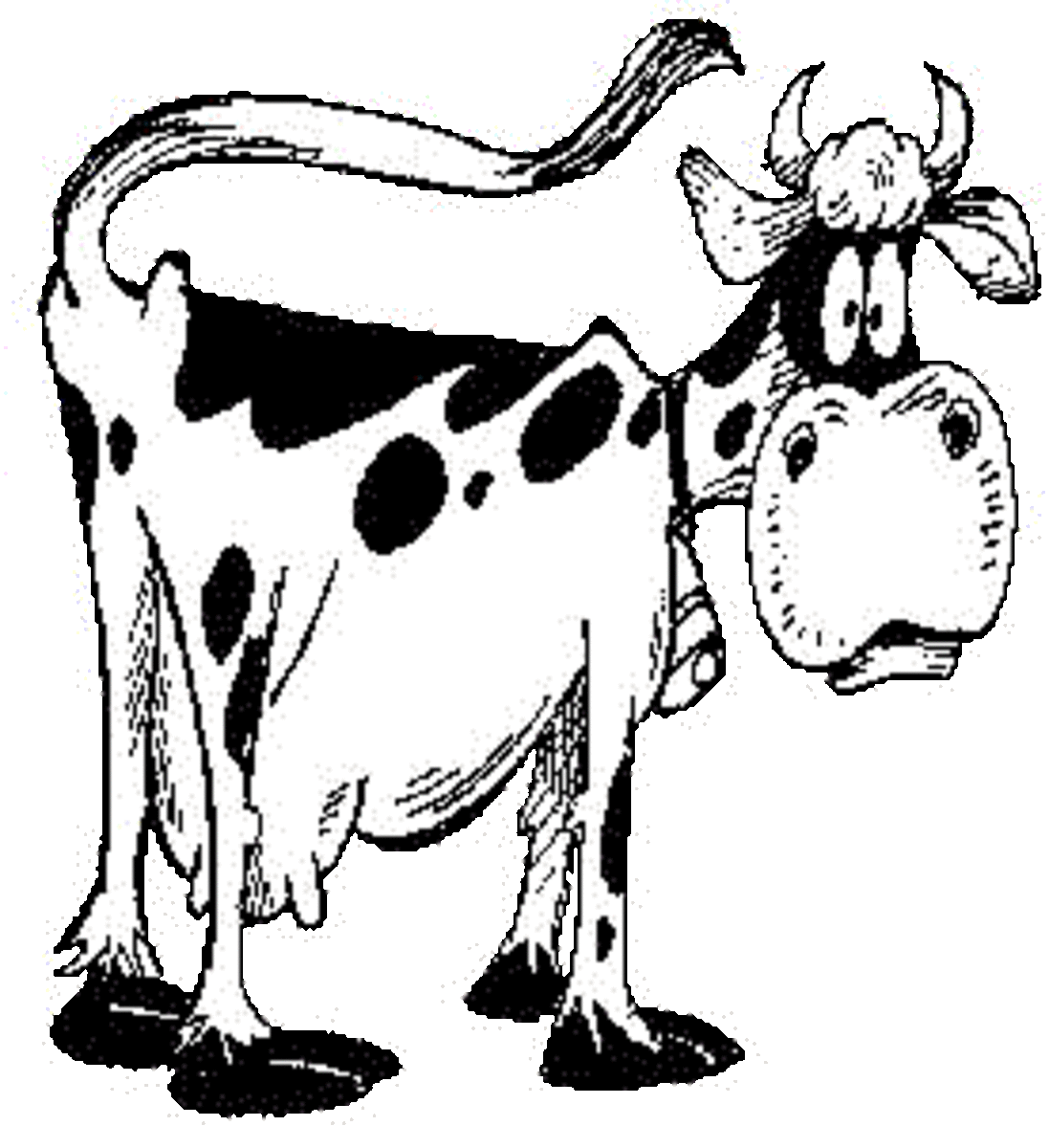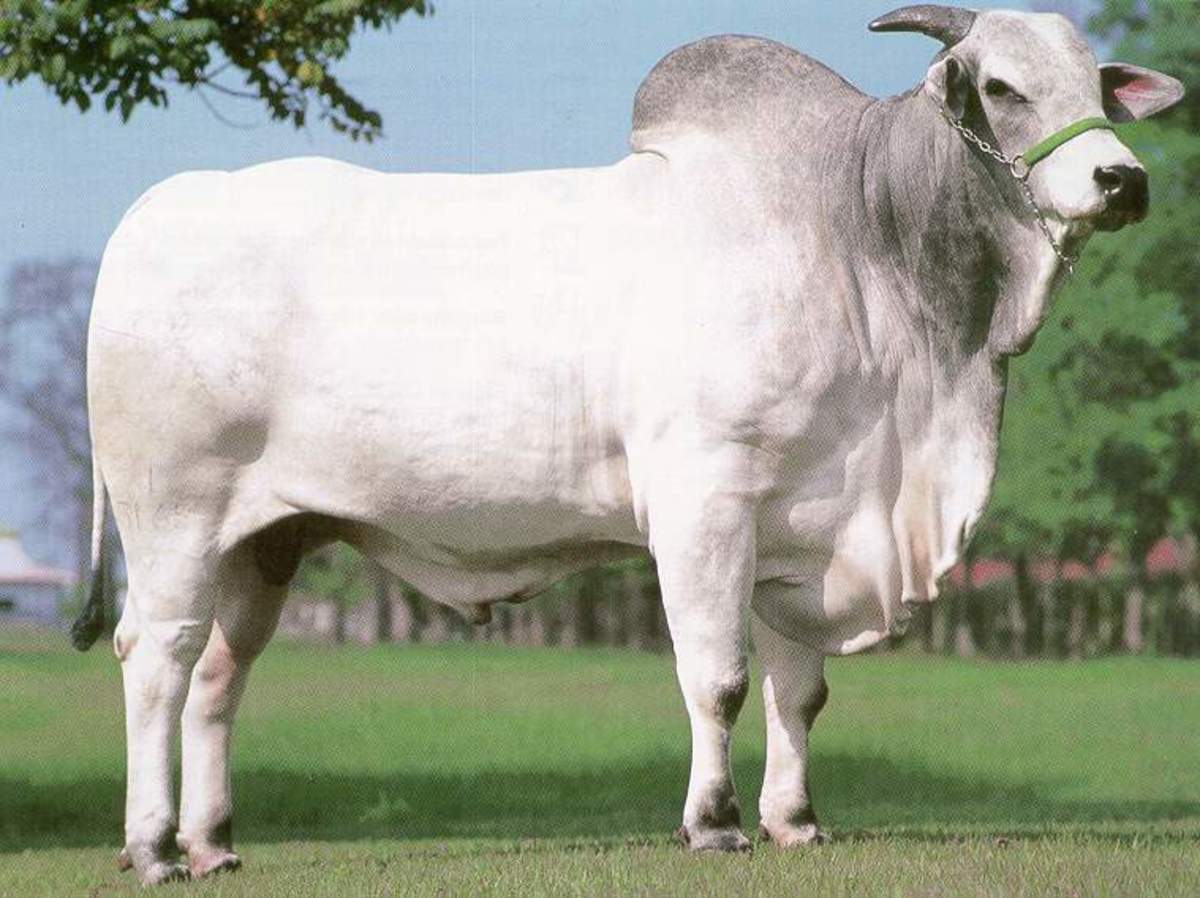Controlling Climate Change Through Managed Livestock Grazing
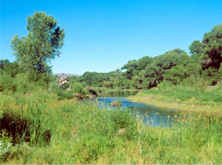
Global warming and climate change can be reversed through the re-introduction of traditional farming methods. While using organically-composted materials to revitalize the soil instead of drowning it in synthetically-produced fertilizers makes sense to all, the thought of managed livestock grazing may be a harder sell. Hopefully, it will become an accepted tool in the battle to reverse climate change.
When most people think of cattle pastures, they think of grass cropped to the roots or pulled out of the soil altogether; dry, lifeless soil lying exposed in bare patches; soil erosion; and, large masses of organic matter left strewn around the pasture.
And in many cases they are right. However, this is the result of uncontrolled overgrazing with no respect for the land. Livestock needs to eat like any other being on the planet; and, if left unmanaged, they will literally eat grassland to death. Controlled grazing leaves the land in better shape than it was before the holistic approach was implemented.
When livestock, cattle in particular, are managed properly and the land treated in a respectful natural manner, the soil can be replenished and new life brought back to a region that has been previously decimated.
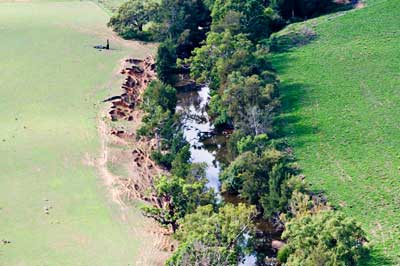
A report put out by Soil Carbon Australia shows the radical differences that can be made not only to the quality of soil and the amount of plant and animal that area can now support; but, how easy it is to incorporate carbon into the soil reducing the amount of carbon in the atmosphere.
Healthy grasslands actually store more carbon than trees. Grasses remove huge amounts of carbon from the atmosphere; and, once captured this carbon is stored in a massive, deep-reaching root system that lives longer than many trees or their root systems.
Tony Lovell, one of the authors of the report, tells me that “just a 1% change in soil organic matter across just one-quarter of the World’s land area could sequester 300 billion tones of physical CO2.”
Christine Jones, Founder Australian Soil Carbon Accreditation says: "The fabulous thing about sequestering carbon in grasslands is that you can keep on doing it forever – you can keep building soil on soil on soil... perennial grasses can outlive their owners; they're longer-lived than a lot of trees, so the carbon sequestration is more permanent than it is in trees: the carbon's not going to re-cycle back into the atmosphere if we maintain that soil management... and there's no limit to how much soil you can build... for example, we would only have to improve the stored carbon percentage by one percent on the 415 million hectares (1,025,487,333 acres) of agricultural soil in Australia and we could sequester all of the planet's legacy load of carbon. It's quite a stunning figure."
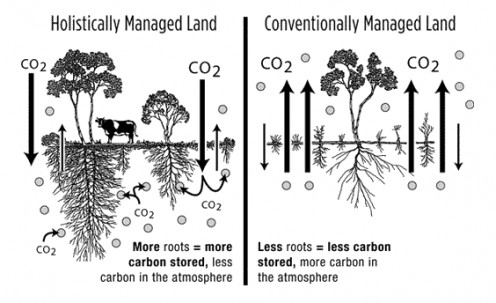
Domestic animals are managed in ways that mimic nature: animals are concentrated and moved in a natural rotation that causes the animals to till packed soil with their hooves; dig bits of dry grass and other organic matter into the ground to compost and build a healthier soil base; distribute fertilizer and seed in their manure and urine; and then move to another pasture before overgrazing occurs. The land they have moved from is allowed to lay fallow for a designated period of time to regenerate and take advantage of the added goodness to the soil.
There is an old saying - Everything old becomes new again. It would appear that returning to our agricultural roots will save us in the end. When we return to a time when we worked in harmony with nature instead of trying to bend her to our will, we will all benefit AND we will be able to feed all our world's inhabitants with fresh, wholesome food.
So, if you can't pronounce it - don't eat it. If it isn't grown naturally - don't buy it.
Other Benefits of Healthier Soil
1. Aesthetics: This one is simple enough. Which side of the river pictured above would you rather live on?
2. Holds moisture better: When soil is healthy and contains bits of composting material and carbon from the atmosphere, the root systems of the healthier grasses grow deeper, thicker and larger. The root systems keep the soil loose enough to absorb the rain when it falls and holds it in the earth longer. This encourages even more root growth, more moisture-holding abilities, and more carbon can be sequestered.
3. Stops soil erosion: These plentiful, interlocking root systems hold the soil in place during a rain event or flash flood. Some soil is always lost; but, large root systems stop most of it from being washed away.
4. Encourages wildlife: Healthier soil promotes healthier grasses, shrubs and trees. These plants provide food and shelter to a number of animal, insect and bird species. The returning insects increase the food supply of birds and other small animals who start returning in larger numbers. Soon the area is alive and vibrant with plant and animal life. As an added bonus, the return of insects and birds aids in the natural pollution of plant species which means even more growth.
5: Improved cattle health: The cattle used for grazing management will be eating almost nothing but fresh, healthy grasses and other organic matter in a pastoral setting. Their milk and meat is sweeter and more nutritious than from cattle that have been raised the "modern" way. It's also the only humane way to treat the cattle, in my mind.
Ways To Help Locally
1. Buy locally grown organic produce and grassfed meat & dairy.
2. If carbon credits are available in your area, you could buy them for all your personal fuel emissions.
3. Money talks LOUDLY. Invest in products that conserve resources and are environmentally friendly. (water conserving appliances, on-demand water heaters, photovoltaic, etc.)
4. Support low-tech solutions for getting carbon out of the air and high-tech solutions for keeping new carbon from getting in the air.
5. Reduce your ecological footprint. Learn how at: http://www.myfootprint.org/
6. Increase your ecological literacy. Live more in tune with nature so we may all be healthier for the short time we have here.



